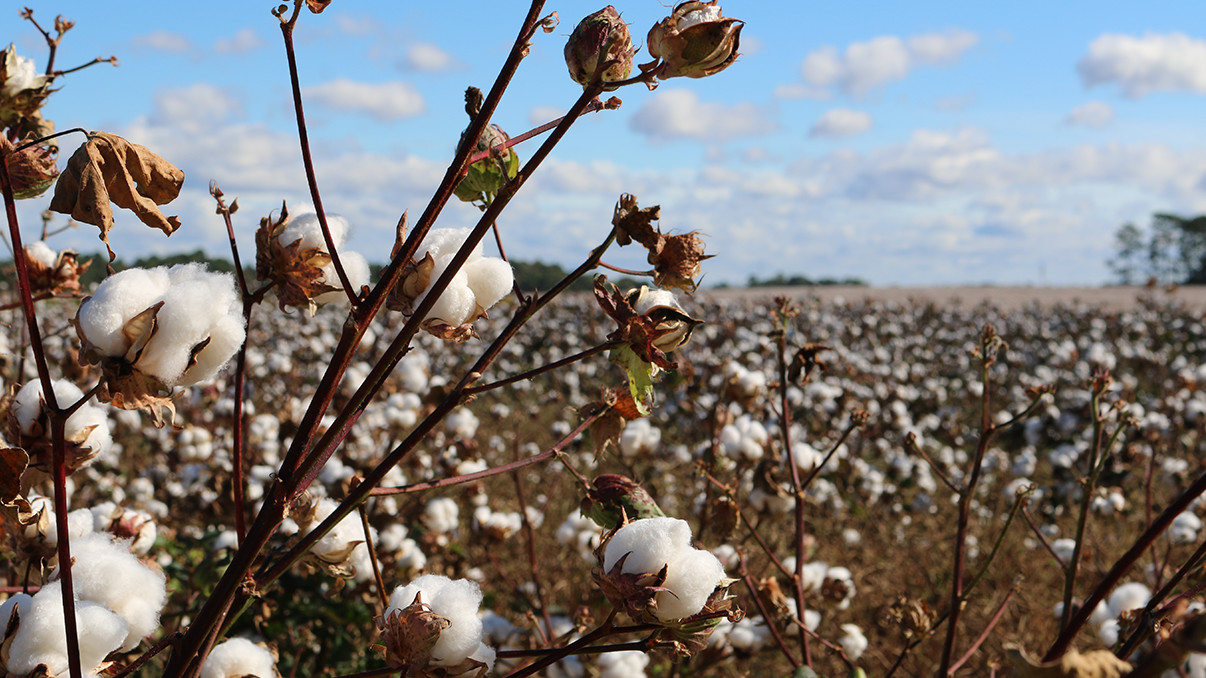Social impacts of cotton production
Posted by Alastair Usher

This study was produced for the Expert Panel on Social, Environmental and Economic Performance (SEEP) of the International Cotton Advisory Committee (ICAC) on the Social Impacts of Global Cotton Production (2008).
This review provides a detailed picture of the information sources available on the ‘social impacts’ of cotton cultivation in ten major cotton-growing countries: China, India, USA, Pakistan, Brazil, Uzbekistan, Turkey, Greece, Syria and Burkina Faso. ‘Social impacts’ include both ‘positive’ impacts relating to the role of cotton production in creating jobs and supporting livelihoods, and ‘negative’ impacts relating to illegal or unsustainable labour practices.
It is well understood that cotton plays a most significant role for many millions of people around the world. Growing cotton provides work, and work provides vital income. While it is often asserted that cotton farming employs a substantial number of people, and that this work is important for these people’s livelihoods, this situation is seldom well described. The first part of review therefore provides the most detailed possible picture of the research and data available on employment in cotton growing in the ten focus countries.
Reviewing research on forms of employment in cotton production, the report looks in detail at the common assumption that there exist two main forms of employment in the sector: hired labour on large farms, and family labour on smallholdings. In particular, much research suggests that there is more likely a continuum from ‘formality’ to ‘informality’ in employment.
The second half of the review looks at the emerging body of research that focuses on quality, rather than quantity, of labour in cotton cultivation. This research suggests that a sole focus on job creation in global cotton cultivation is insufficient to explain its ‘social impacts’. The review seeks in the first instance to present a clear picture of agreed and recognized international standards on labour practices – the ‘core conventions’ of the International Labour Organization (ILO) – and their application to cotton cultivation. The study then presents an analytical overview of national legislation on employment and occupational health and safety relevant to cotton production in the ten focus countries, and explains how national legislation applies to cotton production (and agriculture more generally) in these countries.
The review suggests there is considerable research detailing the ways in which people’s participation in cotton growing is not always to their benefit, and may assume hazardous, exploitative or unproductive aspects. The review provides a summary of the key literature relating to health and safety, child labour, forced labour, and the role of women in cotton cultivation, in particular. Given that the issue of child labour is usually at the forefront of discussions when dealing with labour concerns in the cotton sector – and is reported in many of the countries covered in this review – particular emphasis is placed on analysing the international and national legal framework of child labour.
In concluding, this review suggests that there are significant negative ‘social impacts’ associated with cotton cultivation. Equally, though, cotton is for many millions of people in some of the world’s poorest countries a vital – and unique – link to the global economy. A key factor emphasized in the literature is that the vast majority of people whose livelihoods depend on cotton cultivation are located in developing and emerging economies, working on small, predominantly family-based farms. Hence, the fundamental issue raised by this summary of social research materials is that the positive impacts of cotton production can and should be the answer to many of the negative impacts with which it is associated: by creating decent jobs, which enable people to work themselves – safely, equitable and in dignity – toward improved economic circumstances.
However, the literature reviewed in this study suggests that considerable further work needs to be undertaken to ascertain – and realize – the circumstances under which all people involved may effectively benefit from their participation in cotton-growing. Here, SEEP – as a sectoral expert body – and the ICAC – as an advisor to governments – may have a particularly insightful role to play in recognizing and addressing the social impacts of cotton cultivation worldwide.